Blackberries
Arctic raspberry (Rubus arcticus) – the ground cover with edible fruits
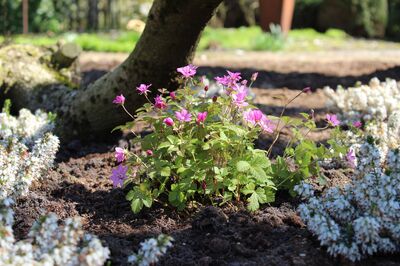
Arctic raspberries have been enriching our fruit-bearing range since 2025. However, this is not only about the fruit; the Arctic raspberry, or Rubus arcticus as it is known botanically, has other benefits as well. Over the years, the low-growing plants form a low carpet and the pink flowers radiate from afar. With the Arctic raspberries, we now have a new group of varieties with completely different uses than the usual representatives of the genus: Rubus – the raspberries and blackberries.
Read moreFor those who come too early...new data on berry demand AFTER spring
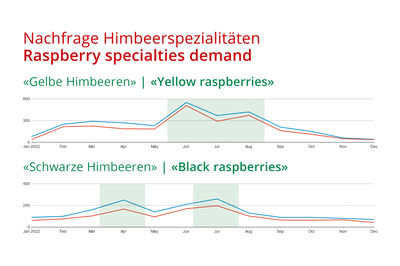
Traditionally, soft fruit plants are delivered to sales outlets and sold off in early spring. Depending on the season, there may or may not be additional deliveries. Using Google data, we show that the demand for certain types of fruit (or the corresponding terms) is sometimes continuous throughout the year or that there is a second peak after spring when the fruit in question is ripe. But can this effect also be demonstrated in specific plant sales? Are we perhaps systematically selling many...
Read moreLeftover plants from the production – what do I do with them?
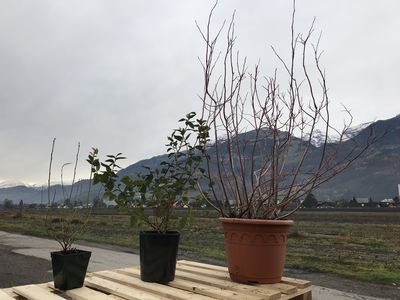
In particular in these special days, when the trade and sale of plants in Germany and Europe is subject to considerable restrictions, some plant producers will probably be worried whether their already produced and ready-for-sale plant stocks can be delivered completely and if so, at what time this will happen. However, apart from the current crisis, it can always happen that plant stocks cannot be completely cleared. As gardeners, we are still very dependent on the weather, despite an...
Read moreThe exclusive Lubera Edibles assortment poster – all 'edible' young plants at a glance
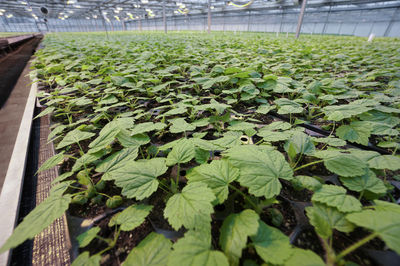
As in so many industries and areas of everyday life, the trend is moving towards more online-based advertising and paperless communication. However, at the moment, we do not want to do without print media entirely. Last autumn, for example, we were already able to present our current young plant catalogue for 2020. Many of you have already received the printed version and at the same time our young plant catalogue is also available at luberaedibles.com in the download area.
Read moreRaspberries and blackberries – how an assortment is put together
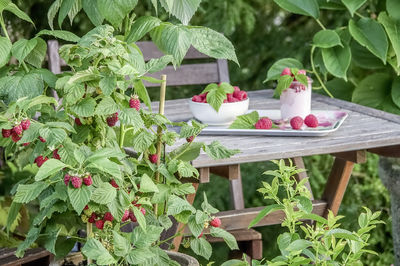
A few months ago, by analysing the strawberry sales figures of our sister company Lubera, we tried to give some indications of a standard distribution of strawberry types (white flowering, red flowering, June bearing and everbearing, etc.). We are testing the same again with raspberries and blackberries in order to give you an overview of the demand. The corresponding figures can then serve as a reference point for your own assortment planning, as they are based on real sales figures. Of course...
Read moreWhy do we breed new varieties?
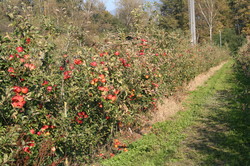
What, another new variety? We often hear such and similar remarks. And they are not completely unfounded. We are currently propagating no less than 70 varieties of raspberry. However, the (too) large number is rather due to the fact that we do not succeed in simply abandoning old varieties, as there is still a stable demand for them. This observation also suggests that we should take a closer look at the subject of “new varieties”.
Read moreBlackberry varieties – an overview of our range

Blackberry varieties are among the most important young plant crops. With our growing assortment, which meanwhile includes more than 20 different varieties, it is easy to lose track of them. This article is intended to introduce you to our wide range of blackberry varieties and to structure them for a better overview.
Read more5 reasons for breeding fruit and berry plants for home gardens
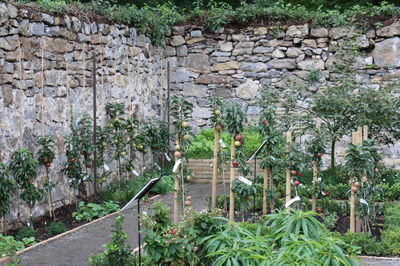
With Lubera® and Lubera® Edibles we are asked again and again, why we would have our own elaborate breeding programmes when there are so many fruit and berry breeding programmes worldwide from which one could use. Our short answer is this: because worldwide there are no fruit and berry breeding programmes that are especially geared towards the home garden. Almost the entire breeding efforts of universities, research stations and increasingly also of private breeders are aimed at...
Read moreThe availability list of Lubera Edibles – more up to date, more complete and clearer
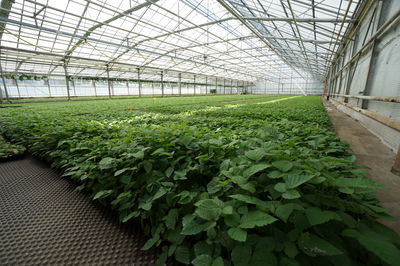
With the founding of our young plant distribution company Lubera Edibles GmbH, we have not only aligned our marketing concept and our online presence with that of our sister company Lubera, we have also taken over key elements from the former distribution company. One of these key elements was, is and remains the availability list. Previously only updated from time to time and delivered upon customer request, the newly revised availability list with a similar layout is now always accessible on...
Read moreOur assortment of 'edible' young plants

As the new company name, Lubera Edibles®, already suggests, we are expanding our range of young plants from classic soft fruits, such as raspberries, blackberries or blueberries, to anything that can be consumed in any way. This includes edible fruits like kiwis, apples and pears. Or edible roots such as horseradish, Jerusalem artichoke or potato. But also edible leaves, petioles, flowers such as sea kale, tea or rhubarb. We would like to introduce our most important groups of crops in the...
Read more